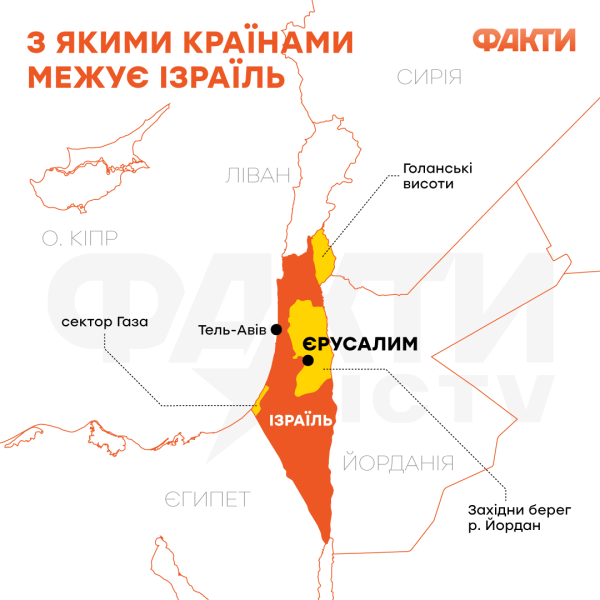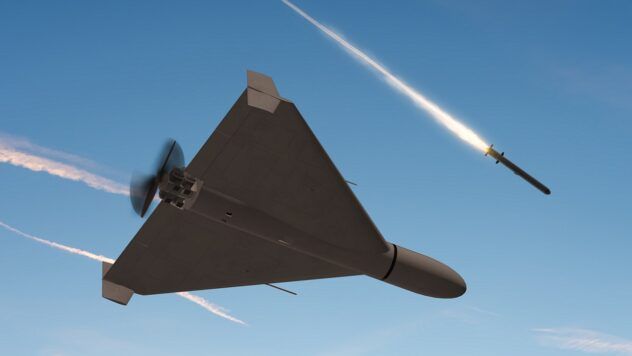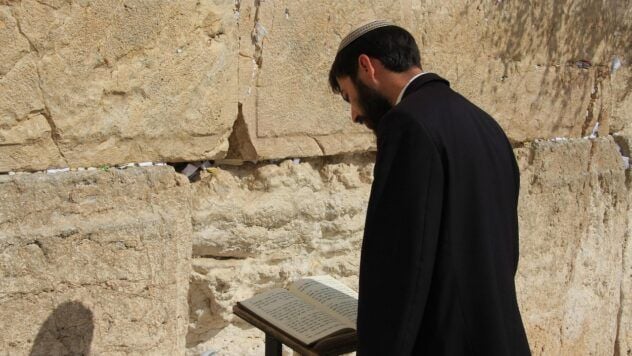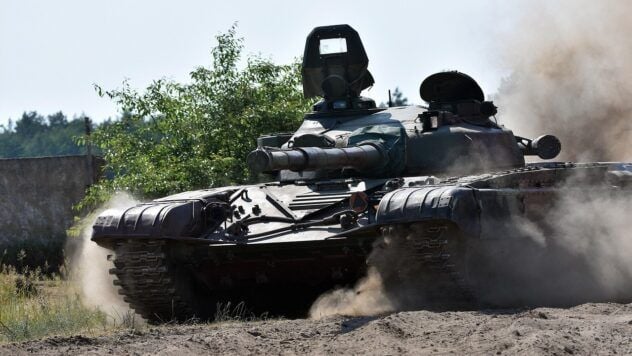news
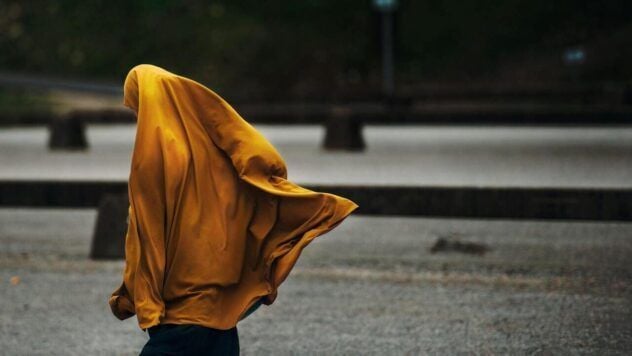
As of June 18 from Iran 85 Ukrainian citizens and 10 foreigners who have a permanent residence permit in Ukraine expressed a desire to leave.
The Department of Consular Service of the Ministry of Foreign Affairs, together with the Embassy of Ukraine in Iran, are working on possible evacuation routes, in particular by separate flights or in coordination with international partners.
The lists of interested parties are also being clarified and organizational issues are being resolved.
Now watching
How many Ukrainians are in Iran and whether the exact data is known, read our article.
How many Ukrainians live in Iran
Population of Iran in 2025 is 92,417,681 people. This is 0.67% more than in 2024 and generally corresponds to the trend of steady annual population growth of approximately 0.9%.
Iran ranks 17th in the world in terms of population.
The country is multiethnic: the main ethnic groups include Persians, Azerbaijanis, Kurds, Arabs, Balochs and Turkmens.
As of 2025, the number of net migrants is 116,786.
The majority of the population – about 73% – lives in cities. The average age of Iranian residents is 34 years.
It is not known exactly how many Ukrainians live in Iran , but there are not many. Most Ukrainians were concentrated in the city of Bushehr, where up to 500 people worked on the construction of a nuclear power plant.
At the moment, there is no exact information about the number of Ukrainians who are in Iran.
President Volodymyr Zelensky said that the Ministry of Foreign Affairs of Ukraine is working to find out information about our citizens who are in Iran. He said this in an evening address on June 15.
Why are there so few Ukrainians in Iran?
Iran is a country with an authoritarian system of governance, strict control over the entry and stay of foreigners. It is difficult for Ukrainians to obtain long-term visas or residence permits.
Unlike European countries, Canada or the United States, Iran has never been a popular destination for Ukrainian migration.
There is no established Ukrainian community or cultural infrastructure there.
Foreigners in Iran have limited access to formal employment. Iran is constantly under international sanctions, making life difficult for foreigners.
Diplomatic risks, regional tensions and potential conflicts also discourage potential migrants.




